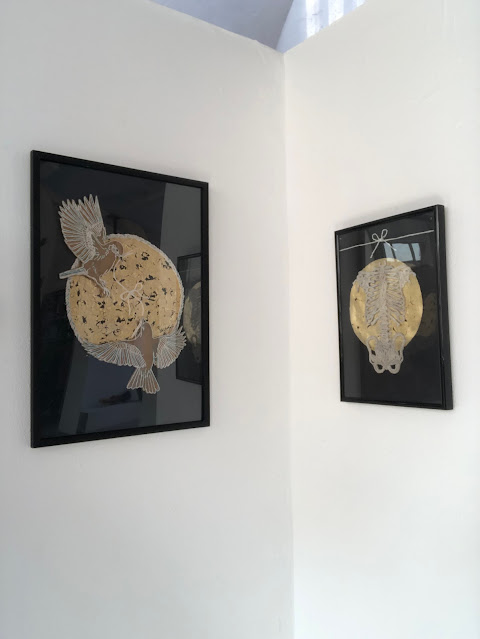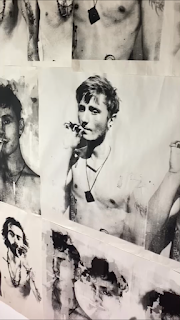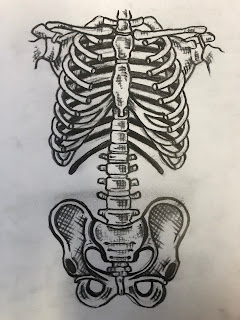5.NEWSTEAD LACE PROJECT
THE HISTORY OF LACE
Lace was first developed in Europe during the 16th century however its exact origin is unknown. The word 'lace' comes from the old French word, las, which derived from the Latin laqueus, which means noose. It is a decorative openwork structure that uses repeated intricate patterns created with fine thread and a needle. Lace pieces often have a mesh layer which is used as a base; then there's either single needle lace whereby a single needle and thread are used, or there's bobbin lace that uses many threads to create the patterns. However, lace fabric was originally made from silk and linen, but today cotton thread and synthetic fibres are used too.
When lace first came about, it was a strong symbol of wealth and was used by royal and noble classes; they often wore lace collars to express this. The Industrial Revolution brought about lots of new machinery and technology which helped create lace a lot cheaper and faster than before which then made it accessible to the masses. Machine made lace is embroided on machine-made net or on a fabric which is dissolved away by chemicals or burned away by heat. Lace products are used for garments and home items, such as lingerie, bridal wear, curtains and drapes, and accessories (collars and scarfs).
Vintage Lace Dresses:
Modern Lace Dresses:
As vintage lace was handmade, a lot of the dresses were less form fitting than modern day dresses which are predominantly done in a way that flatters the curves of the body. The vintage dresses in my opinion look a lot more dainty & delicate, whereas the modern ones are quite bold & glamorous.
We were invited to develop contemporary responses to the historic lace collection at Newstead Abbey.








Comments
Post a Comment